Using a fully distributed rainfall-runoff model Multi-Hydro to evaluating Low Impact Development (LID) and Nature-Based Solutions (NBS) for storm water management in small urban catchments
Résumé
Currently, the acceleration of urbanization has led to the result of impervious areas increasing, as well as urban runoff. Furthermore, with the climate changes, many cities have been forced to face more inundation risks. Compared to conventional urban drainage systems, Low Impact Development (LID) and Nature-based Solutions (NBS) are universally considered as the sustainable approaches for urban storm water management. However, their effects depend on the urban environment context as well as the small-scale heterogeneity, are indeed difficult to assess using classical conceptual and no physically based hydrological models. In this work, we propose to evaluate the efficiency of these techniques, especially their capability of runoff volume reduction and peak discharge attenuation. The evaluation will be performed using the fully-distributed and physically based model Multi-Hydro, which allows the consideration of the whole catchment variability at different scale.
This work represents the primary stage in evaluating hydrological behaviors of different individual and combined LID practices scenarios. Two case studies were investigated. The first one is Guyancourt (France) semi-urban catchment of about 520 ha in the southwest of Paris, at the Saclay Plateau that should soon become the “French Silicon Valley”. The second one is a fully urbanizing catchment with the area of 15.8 ha, denoted by Urban Best Practices Area (UBPA) located in Shanghai, China, which is a part of the former 2010 Shanghai World Expo site. For both of them, high resolution land cover and GIS information have been processed to estimate the suitable area that can be covered by LID engineering techniques. Several individual and combined LID practices scenarios (permeable pavement, green roof, rain garden, permeable pavement combined with green roof and rain garden) are “artificially” implemented and then simulated using Multi-Hydro model. Results were analyzed in terms of total volume reduction and peak discharge attenuation with regards to the hydrological response of original catchment.
The obtained results suggest that such modeling is an effective approach to evaluating and quantifying hy- drological responses of LID practices, as well as a guide to decision–making design of LID practices in urbanized areas.
